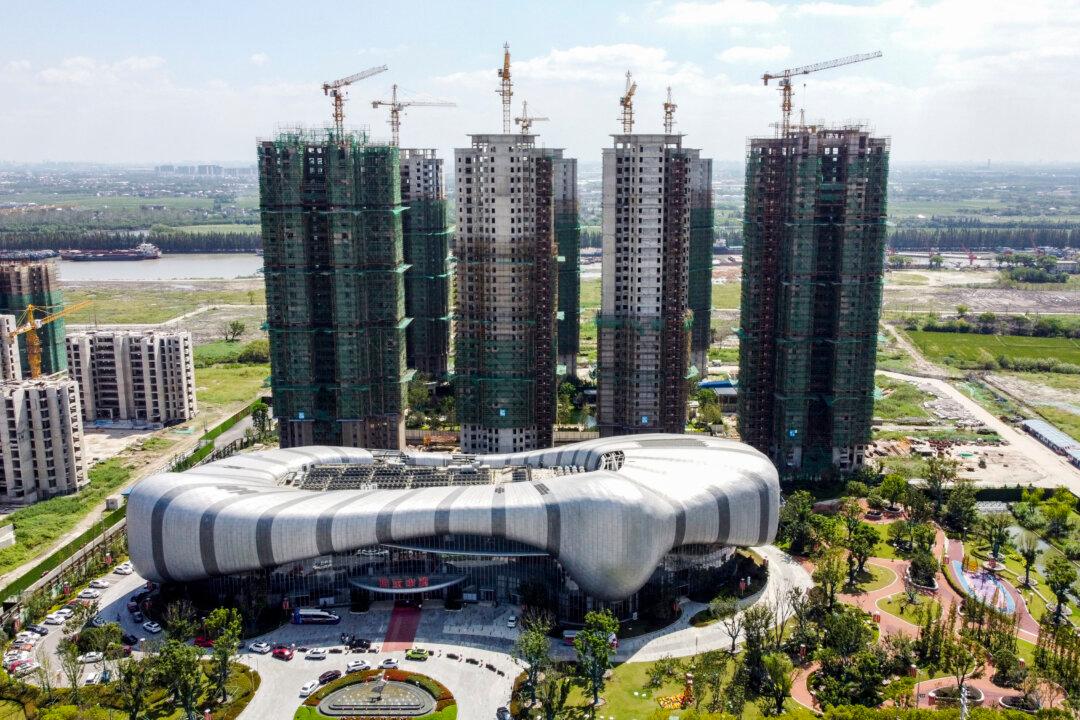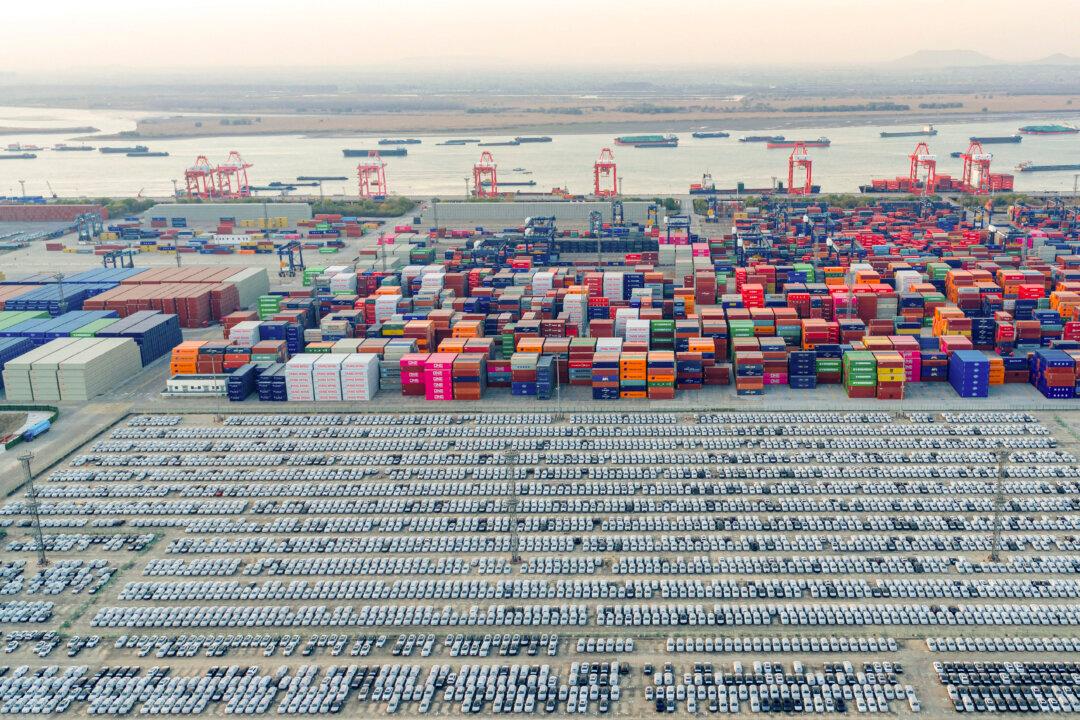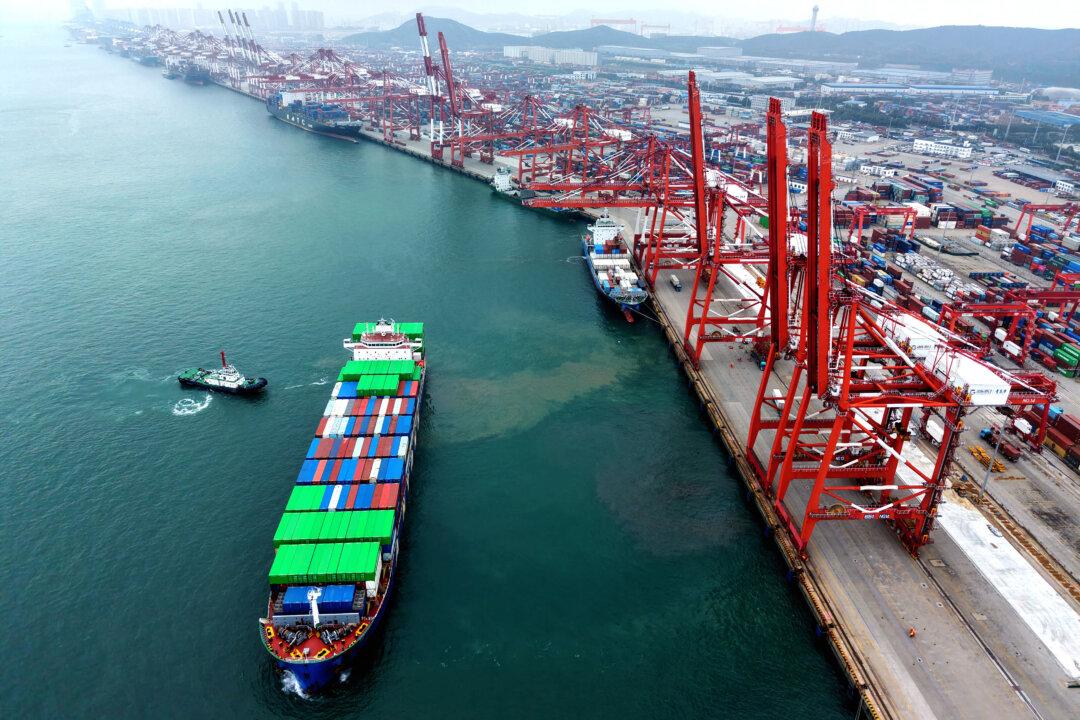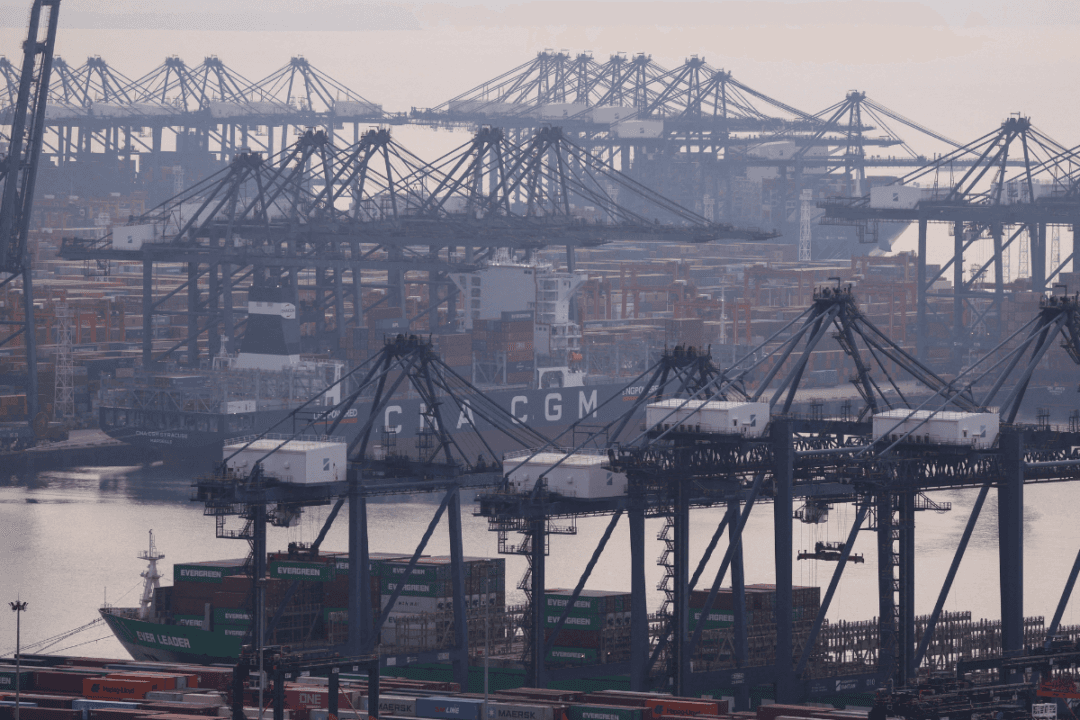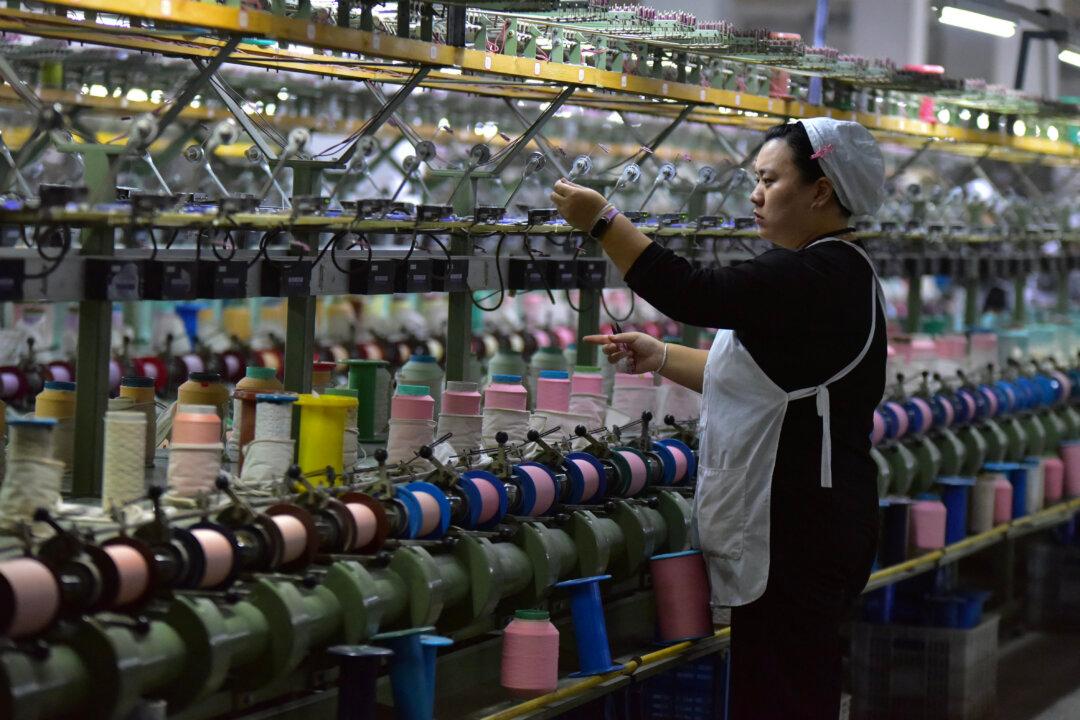Commentary
Beijing seems to want the rest of the world to help with China’s economic problems. Because the property crisis, among other considerations, has led to a shortfall in domestic Chinese demand for goods and services, Beijing’s planners, in an effort to get rid of surplus products, have revved up export efforts, especially of electric vehicles (EVs) and other green energy equipment.
